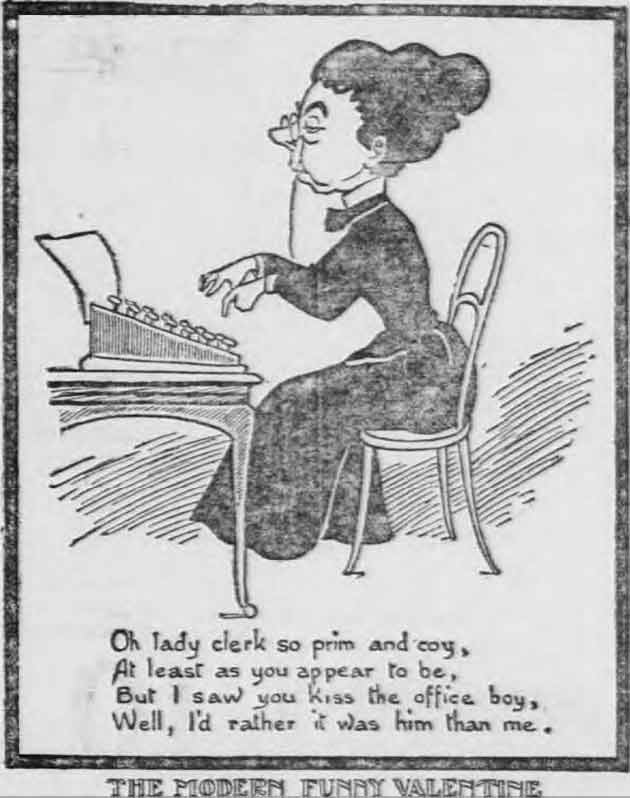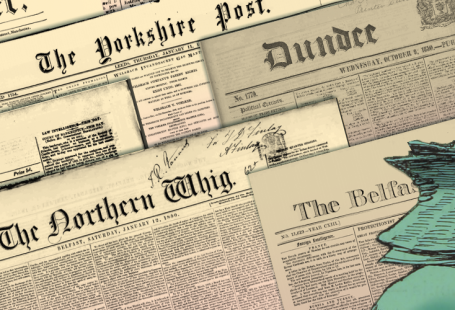‘It is not proposed to make total war total misery,’ said the Home Secretary Herbert Morrison in 1942, as he announced in the House of Commons that dancing was not to be included in the ‘recreations that are to be restricted to prevent interference with the war effort.’
Indeed, for many, dance was synonymous with their experiences of life in the Second World War. American GIs brought over with them new and exciting dance styles, and dancing itself was a way to escape the pressures of life under the constant threats of bombing and death.
An American airman and his partner | Britannia and Eve | 1 April 1944
In this special blog post, using a myriad of contemporary articles in the British Newspaper Archive, we explore the phenomenon that was dance in wartime, from its proponents to its detractors, and its unexpected and tragic dangers.
Government Approved Recreation
It was 1942 when Herbert Morrison, himself a ‘keen and accomplished’ dancer according to the Liverpool Echo, announced that dancing would not be prohibited due to the war. Dancing was necessary to maintain morale for both civilian and military populations, something the government clearly recognised.
This was acknowledged in the first few months of war in 1939, when, as recorded in the Perthshire Advertiser, the government decided ‘that dances to which the public are admitted on payment need no longer be subject to the requirement that they must end at 11pm.’
Surge in Popularity
And despite the war, and the ever-present threat of air raids, dancing continued. The Thanet Advertiser, 3 October 1939, reports on Ramsgate’s first dance of the war, which was held at the Coronation Ballroom. Not much had changed, only that ‘an official edict’ dictated ‘that no ladies wearing long dresses wold be admitted – in view of the possible danger on the stairs in the event of a hurried exit.’
Partway through the evening an air raid rehearsal was held, which seemed to be conducted in good spirits. The band set up a ‘quick march step’ and within thirty seconds the dancefloor was completely cleared.
 Wartime dancing at Blackpool Tower | Britannia and Eve | 1 November 1945
Wartime dancing at Blackpool Tower | Britannia and Eve | 1 November 1945
Furthermore, dancing was a key part of maintaining morale through its very nature of bringing people together. A letter to the Mid Sussex Times in October 1939 outlines the importance of dance in uniting those who had been forced to move during wartime: ‘there must be many amongst the newcomers to Sussex, both dancers and others, who, deprived of their usual recreations, would find a new interest in folk dancing.’
Dances also served to raise money for the war effort – the Birmingham Mail reporting in 1943 how the Workers’ Dances at the Town Hall had so far raised £2,908 for the Lord Mayor’s War Relief Fund.
 Jitterbug dancing at Charlie Brown’s | Good Morning | 22 April 1943
Jitterbug dancing at Charlie Brown’s | Good Morning | 22 April 1943
And many, perhaps, as suggests an article in Britannia and Eve, had ‘the fantastic illusion that the war was being conducted in swing time. Most of the twenty-four hours radios emitted dance music.’ ‘The Services kept dancing alive and spread the cult,’ meaning that there ‘was more dancing in the war than in normal peace-time years.’
Wherever the fighting men of air, sea, or land camped down, and girls were to be got, they organized a weekly dance.
Dancing’s Detractors
This wartime passion for dance was not without its detractors, however. A letter published in the Eastbourne Gazette from twenty-five years before (1917) lays out a passionate and moving argument against dance, stating that ‘for decency’s sake, that the present rage for dancing should be mitigated, or better still, abolished, until better days come.’
When sorrow is knocking at so many doors, and hearts are breaking for the loss of so many near and dear to them, I do think that dancing should be given a rest – just to show that we possess the common ties of humanity.
In the same year, 1917, playwright and author Edward Temple Thurston laid out his equally impassioned response in the Sunday Mirror to those, like the above letter-writer, who would want to abolish dance in wartime:
God knows the line between Life and Death has been worn down in these times of war to the thinness of a tautened thread, but must we walk along it with all the dreariness of a funeral procession?
The men who have fought in the trenches come back for a few days’ leave longing to forget, for soon enough they will be remembering it all again.
But are they not even to look on? May they not even forget in the sight of another’s forgetting?
Temple Thurston concludes that whilst the complaint against dancing is its extravagance, war itself is the biggest extravagance, and that dance should be allowed because it allows extravagance ‘in determination and hope.’
The Dangers of Dancing
Despite its detractors, dancing survived through the First World War and its popularity peaked s in the Second World War. But it was not without its dangers.
In November 1943 a London dance hall and a nearby milk bar was struck by a German bomb. The Illustrated London News reports how ‘both places were crowded and a bus queue had formed in the street outside as the bomb dropped, and, as one eye-witness said, ‘the street looked like a battlefield.’’
 Illustrated London News | 20 November 1943
Illustrated London News | 20 November 1943
The Birmingham Mail provides more coverage of this tragic incident. The death toll, although not immediately released, was reported to be considerable. The dance hall was ‘completely demolished,’ whilst throughout the night rescue workers ‘toiled unceasingly among the rubble of the dance hall to reach those who were trapped.’
One man alone rescued 32 people.
 Searching among the debris of a London dance hall | Illustrated London News | 22 March 1941
Searching among the debris of a London dance hall | Illustrated London News | 22 March 1941
Despite the dangers, and its detractors, dancing endured and helped many to endure the terrors of war. Even the landmarks known to us today, including the Royal Opera House in Covent Garden, were not immune to the dancing rage of wartime, with the seating area covered over to become a popular dance hall.
 Dancing at the Royal Opera House | Britannia and Eve | 1 November 1945
Dancing at the Royal Opera House | Britannia and Eve | 1 November 1945






